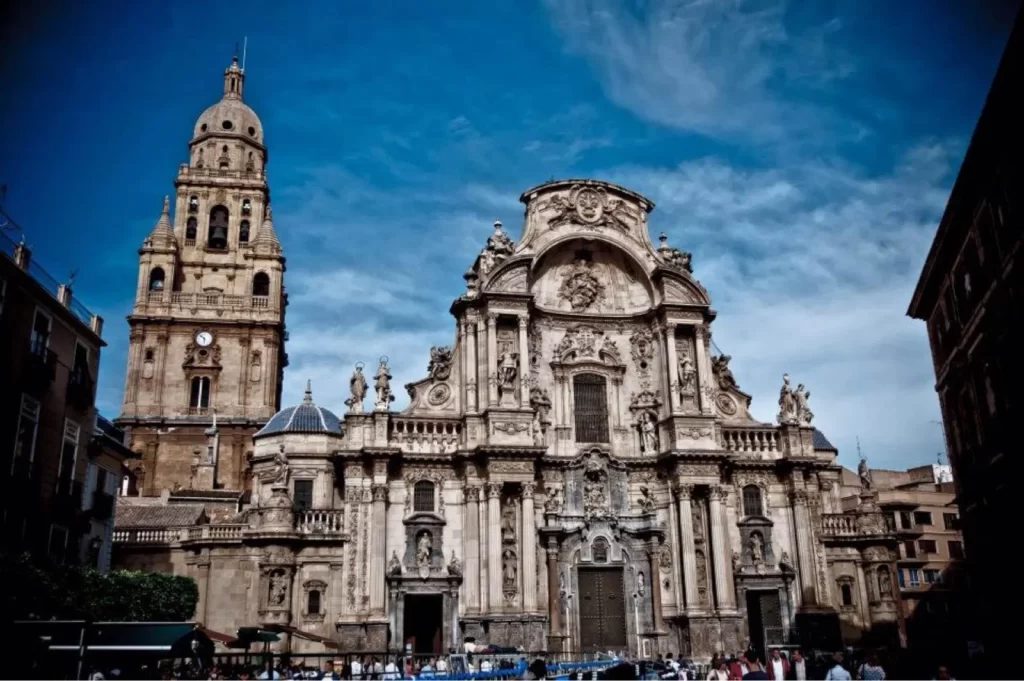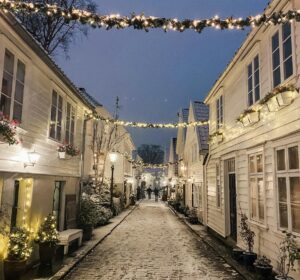Nestled in the heart of Murcia, Spain, the Cathedral of Murcia stands as a testament to the city’s rich history and architectural evolution. This stunning cathedral is a must-visit for anyone exploring the region, offering a unique blend of Gothic, Renaissance, and Baroque styles that reflect the diverse cultural influences that have shaped Murcia over the centuries.
What to See
As you approach the Cathedral of Murcia, the first thing that will catch your eye is its magnificent facade. The Baroque exterior, completed in the 18th century, is adorned with intricate sculptures and detailed carvings that tell stories of religious significance. Once inside, the Gothic elements become more apparent, with soaring arches and a serene, spacious nave that invites quiet reflection.
One of the highlights of the cathedral is the Chapel of the Vélez, a masterpiece of Gothic architecture with its star-shaped vault and elaborate stonework. Don’t miss the impressive altarpiece in the main chapel, a stunning example of Renaissance art. The cathedral’s bell tower, standing at 93 meters, is another must-see. Climb to the top for a panoramic view of Murcia and the surrounding countryside.
A Bit of History and Interesting Facts
The Cathedral of Murcia has a fascinating history that dates back to the 14th century when construction began on the site of a former mosque. Over the years, the cathedral has undergone numerous renovations and expansions, resulting in the eclectic mix of architectural styles seen today. The original Gothic structure was gradually enhanced with Renaissance and Baroque elements, reflecting the changing tastes and influences of the times.
An interesting fact about the cathedral is its bell tower, which is the second tallest in Spain. The tower houses 25 bells, each with its own name and history. The oldest bell, known as “La Mora,” dates back to 1382 and is still in use today. The cathedral also has a museum that showcases religious artifacts, paintings, and sculptures, providing a deeper insight into its historical and cultural significance.
Getting There and Tips for First-Time Visitors
Murcia is well-connected by road and rail, making it easy to reach the cathedral from other parts of Spain. If you’re traveling by train, Murcia del Carmen is the main station, and from there, it’s a short walk or taxi ride to the cathedral. For those driving, there are several parking options nearby, though navigating the narrow streets can be a bit challenging.
First-time visitors should consider joining a guided tour to fully appreciate the cathedral’s history and architecture. These tours often include access to areas not open to the general public, such as the sacristy and the choir. Remember to dress modestly, as this is a place of worship, and be respectful of any ongoing services.
In summary, the Cathedral of Murcia is a captivating blend of architectural styles that offers a glimpse into the city’s past. Whether you’re an architecture enthusiast, a history buff, or simply looking for a peaceful place to reflect, this cathedral is sure to leave a lasting impression.








